Capturing the attention of your target audience can be tough – especially in highly competitive markets. If you want to optimize for conversions and ensure the long-term success of your business, you have to really engage your ideal customers.
But this is easier said than done, since most consumers suffer from “ad blindness.”
- 64% of consumers intentionally take actions to sidestep ads (Nielsen)
- Over 30% of people use ad blockers to avoid excessive, intrusive, and privacy-invading sponsored content (Backlinko)
Fortunately, you can employ branding tactics to make your brand stand out from the noise. Utilizing the right techniques can help grow the visibility of your business, boost your solutions’ appeal, and be a valuable driving force behind your website’s conversion potential.
Here are the best branding strategies to help you capture your customers’ interest, move them down the funnel, and accomplish your goals.
Post Contents
1. Develop a Recognizable Visual Identity
Humans are wired to absorb visual information faster and more thoroughly than by any other method. That’s why boosting your brand’s appeal requires you to develop a unique and attention-grabbing visual identity.
In addition to choosing branding visuals, colour palettes, and typography that reflect your organization’s personality (or values), pay attention to how you can make your brand more distinct through graphic elements.
Think about some of the most memorable brands in the world. They’ve created such recognizable visual identities that they can use their logos out of context and still remind consumers about their products’ appeal.
For instance, the Heinz Tomato Ketchup bus stop ad below does a tremendous job of demonstrating the power of visuals. Ultimately, the logo isn’t even in focus. Yet thanks to its ubiquitous recognizability, it still succeeds at grabbing people’s attention and making them think about the product.

Of course, a small business won’t be able to rely on universal brand recognizability to capture your ideal customers’ attention.
Nonetheless, you can maximize the likelihood of engaging your prospects by adjusting how you approach your brand’s visual identity.
Create an Appealing and Relatable Brand Personality
If you want your audience to notice your business, it’s a great idea to focus on grabbing their attention through likability.
First of all, identify what your ideal customer wants. Then, explore ways to use visual branding elements (or multimedia) to show that you can provide what they need.
Check out how Bento does it below. By showcasing an explainer video that includes one of the brand’s employees describing what the software product does, this brand achieves two things:
- It ensures that web visitors immediately understand the value that its B2B solution offers.
- It captures the brand’s relatable personality, establishing it as an ideal choice for small companies looking for growth.
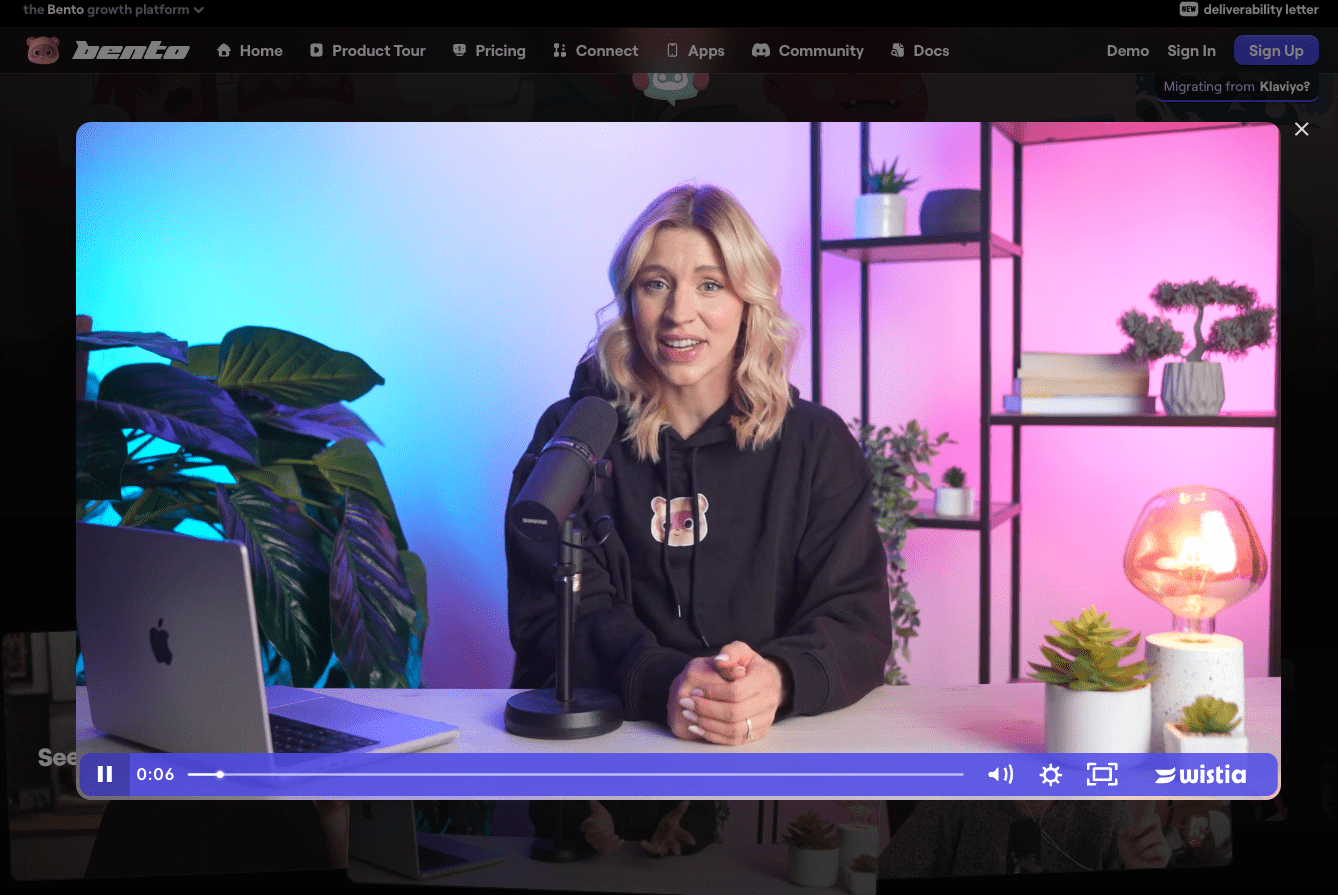

Similarly, Simply Beach‘s website and social profiles focus on showcasing the aspirational aspects of a luxurious beach vacation. By following a specific aesthetic, this business successfully appeals to its ideal customers – women willing to spend a premium on swimwear and beachwear to achieve that perfect holiday look.
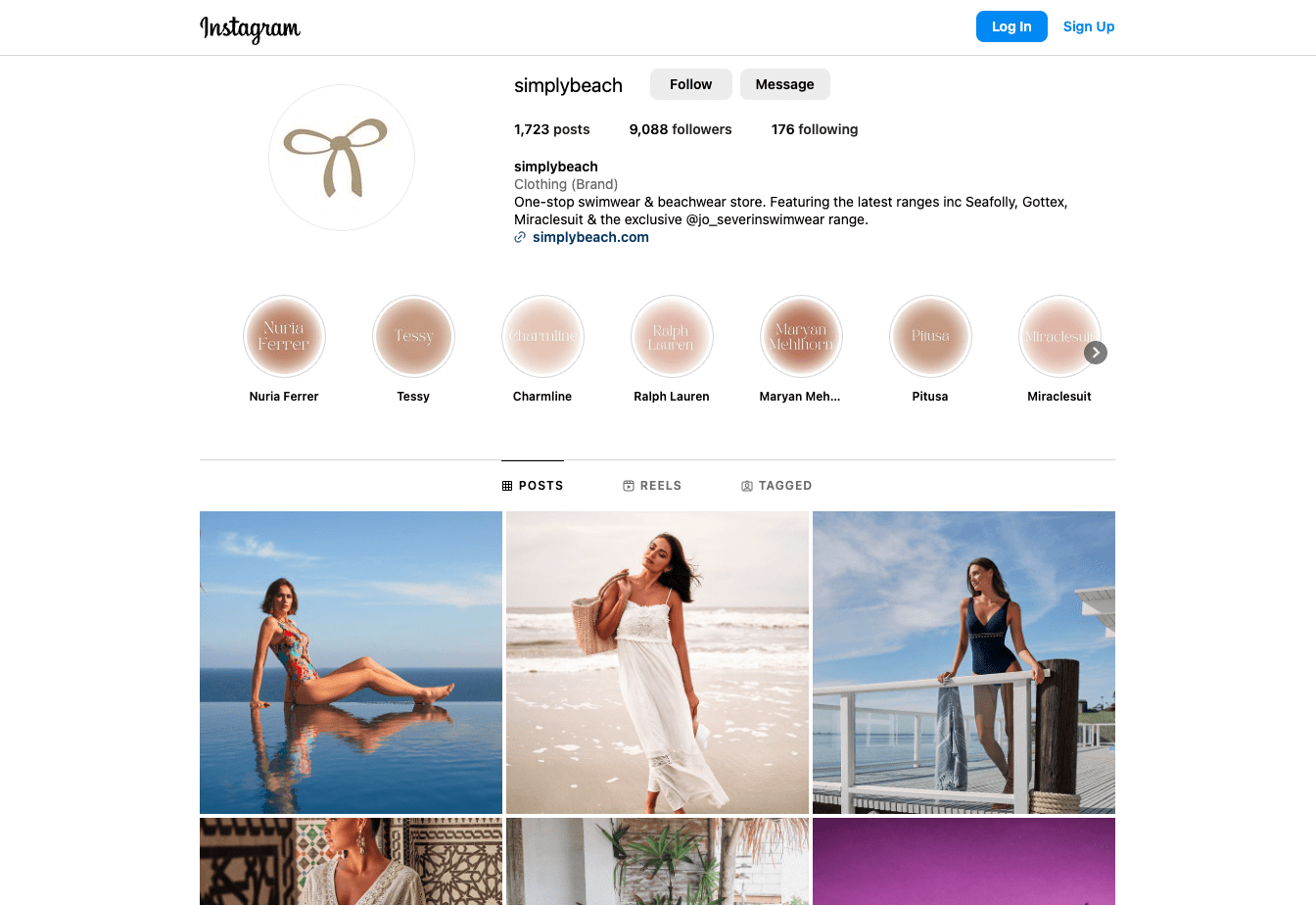
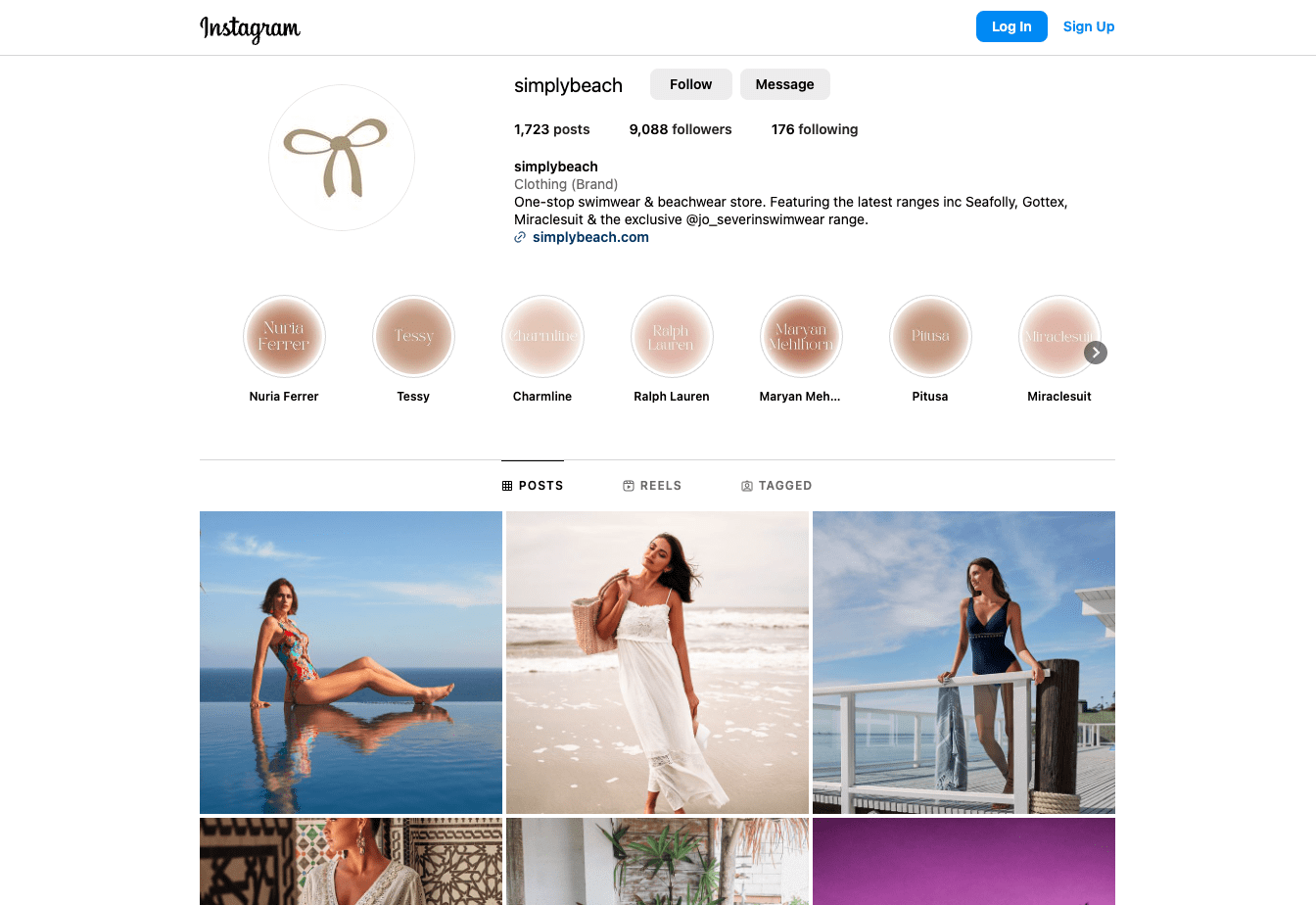
Furthermore, consider how other businesses in your niche use visual branding elements to grab consumer attention. Some might rely on certain colour palettes or filters that resonate with your target demographic, while others may focus entirely on unfiltered, authentic human content.
Even your logo can create a positive emotional response. For example, the Buddy Biscuits brand uses an adorable, pared-down illustration of a dog. It’s cute, and aligns with the core elements of the brand’s personality.


Go Against the Grain
On the other hand, to capture your audience’s attention, you might choose to do something entirely different from your competitors.
By using unique and unexpected visual branding elements, you can effectively engage your ideal customers and leave a positive first impression, maximizing their chances of converting into customers.
The Ordinary knows that skincare enthusiasts want simple and effective solutions. So, to capture buyer attention and communicate that their business offers what its customers seek, The Ordinary uses a minimal, black-and-white logo, plain packaging, and unfiltered social media content that really stand out from the competition.


2. Directly Address Customer Pain Points
Once you’ve perfected the visual branding elements meant to attract your target audience, it’s time to start implementing other brand-building tactics to grab your prospects’ attention.
One such method is to optimize your value propositions to reflect your target audience’s wants and needs. Research shows that 79% of people want to buy from brands that demonstrate an understanding of their problems.
Get straight to the point regarding what people gain by converting.
For example, Business for Sale understands how mentally and emotionally taxing it is on business owners to sell their companies. That’s why the brand highlights the “without commission” part of its value proposition on this landing page. This effectively captures its ideal customers’ attention, and attracts new prospects into the sales funnel.
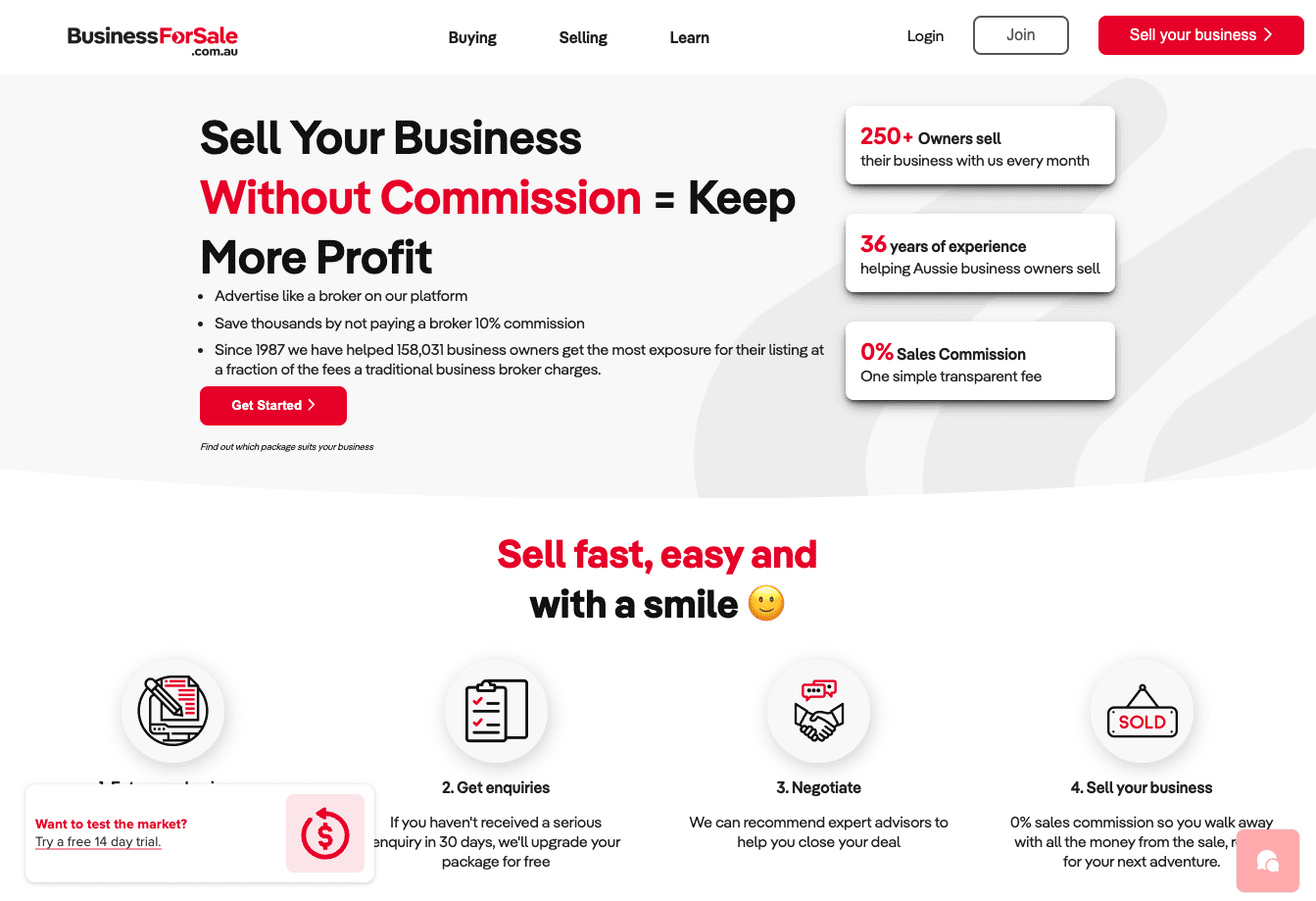

Think of an annoying pain point you can remove for your prospects. Then make it clear you’ve got a solution.
For example, check out Keeper. Their concise homepage copy perfectly sums up the immense value Keeper’s solution offers (not getting hacked), and positions Keeper as a trustworthy and competent entity.


3. Dive Into Detail
Sometimes the best way to capture customer attention is to get straight to the point. However, if you’re trying to attract clients who are experts in your industry, you might need to provide a lot more proof.
In these cases, the best way to position your brand as a capable entity is to clearly explain what makes your brand and solutions unique, effective, or better than their alternatives.
For example, EXT Cabinets understands that its target audience needs high-quality solutions to last a lifetime. That’s why it takes the time to point out the type of hardware and HDPE materials its cabinets use, as well as its “Made in the USA” and “Lifetime Warranty” trust badges. This highlights the brand’s expertise, experience, and credibility, thus maximizing the chances of web visitors becoming customers.


Another way to implement this branding strategy is to pit your offer directly against that of your competitors. This strategy is particularly popular in the SaaS industry, but it works in any industry where your audience needs to see side-by-side comparisons before making a purchase decision.
Check out how Keap implements this tactic on its Comparison page. By comparing its solution to one of its main competitors, this brand gains an opportunity to highlight everything its software does better, effectively positioning the solution as the superior choice for users who need quality service at an affordable price.


4. Make Your Offers Irresistible
Shopper behavior research shows there are multiple factors people consider before investing in a product. For instance, McKinsey’s latest Consumer Trends report reveals that most people look for value in 2024, while being prepared to splurge on discretionary items and wellness-related purchases.
With this in mind, businesses trying to attract new customers have to adjust their branding and advertising strategies to align with these trends.
BJJ Fanatics, a site focused on Brazilian Jiu-Jitsu instructional videos, stands out from its competitors (and convinces consumers to convert) by emphasizing its willingness to provide the best value for money.
They use the FOMO marketing tactic, effectively pushing people toward converting because they are worried they’ll miss out on a great price and opportunity.


5. Try a More Personal Approach to Branding
One of the easiest ways to capture your ideal customer’s attention is to prioritize your organization’s relatability.
According to research, 12% of people buy “exclusively” from small brands. On top of that, data shows that 63% of consumers trust small, local businesses over large companies.
With this in mind, it’s a good idea to show your target audience that your organization is run by real people who are passionate about what they do.
Check out how Raintree Nursery does it. This brand focuses on the fact that it’s a family-owned operation. This is evident on the brand’s website, while their Instagram account heavily features the owners.


Alternatively, you might choose to connect with your prospects over shared ESG values.
More than 70% of consumers are willing to pay a premium on sustainable products. If your audience cares deeply about environmental, social, or governance issues, make it clear through your digital assets that your brand does, too.
For instance, Ethique positions its business as the go-to clean and ethical hair care option for people who need effective solutions. However, its branding strategy doesn’t rely on telling consumers that the shampoo bars are eco-friendly options. Instead, Ethique goes out of its way to show how its solutions outperform the competition while still delivering results.


Finally, you might also choose to employ storytelling. This is another exceptional method for capturing your ideal customers’ attention while helping you forge strong connections with potential customers.
The Nature Conservancy’s homepage features a prominent Hope for Nature section with several inspiring articles about their conservation efforts. The bold photo and story create an emotional response, which helps viewers see how they can help and increases their chances of taking action.
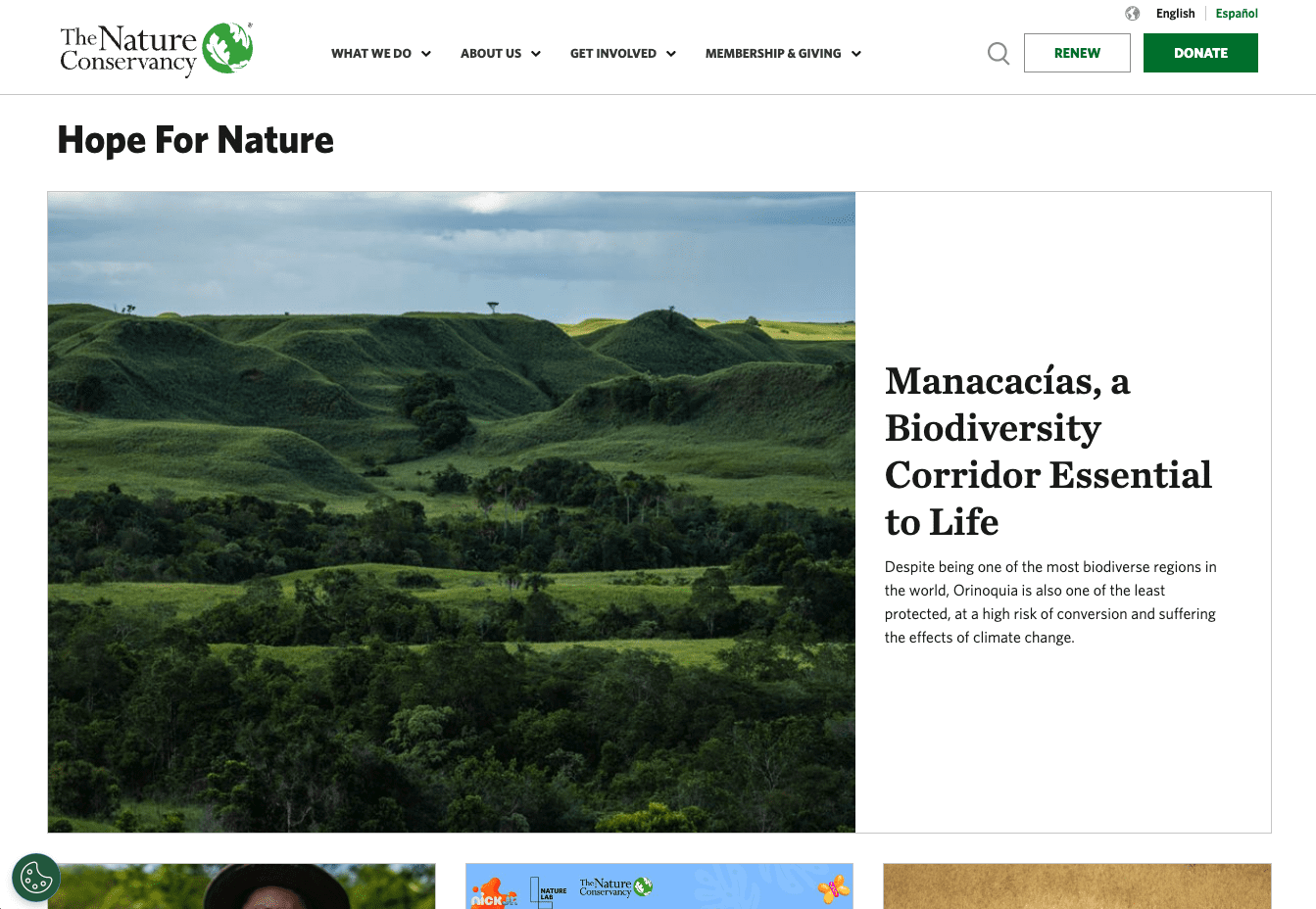

Meanwhile, Pinch’s Lip Flip landing page tells visitors everything they need to know about getting this treatment in honest, conversational language. By helping potential patients visualize their at-home treatment, it makes them more likely to book.


6. Play Around With Gamification
As you explore branding strategies that will capture your ideal audience’s attention, consider the benefits of gamification. By transforming everyday brand interactions into a game or mission, you can effectively attract people with the promise of fun.
Think of brands that have built their names around offering interactive, gamified experiences.
Duolingo, for instance, reached 103 million monthly active users in Q2 of 2024, all thanks to branding its learning app (and mascot) as a challenge that people want to win.
Similarly, Fantasy Hike managed to attract over 10k positive App Store ratings thanks to transforming its simple pedometer application into a fantasy quest.
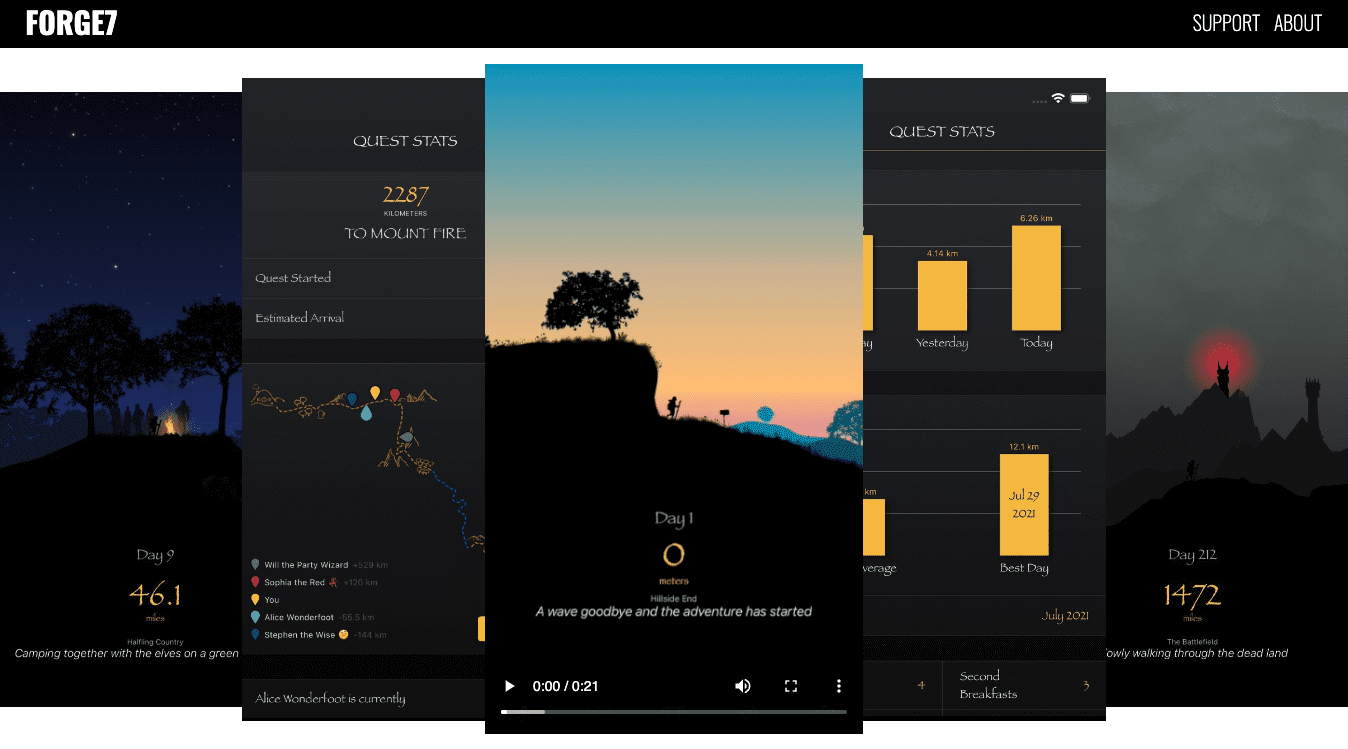

Final Thoughts
To retain your audience’s attention (and turn it toward conversions), you need to position your business in the right light – right from the very first interaction.
The branding strategies discussed in this guide are all excellent ways to do that. But the most important path toward success is through aligning your branding tactics with your organization’s personality, ideal customers’ priorities, and current market/industry trends.
That way, you’ll make your brand stand out in a positive way. You’ll also build a long-lasting positive reputation that will ultimately take your business venture to the heights you wish to reach.













